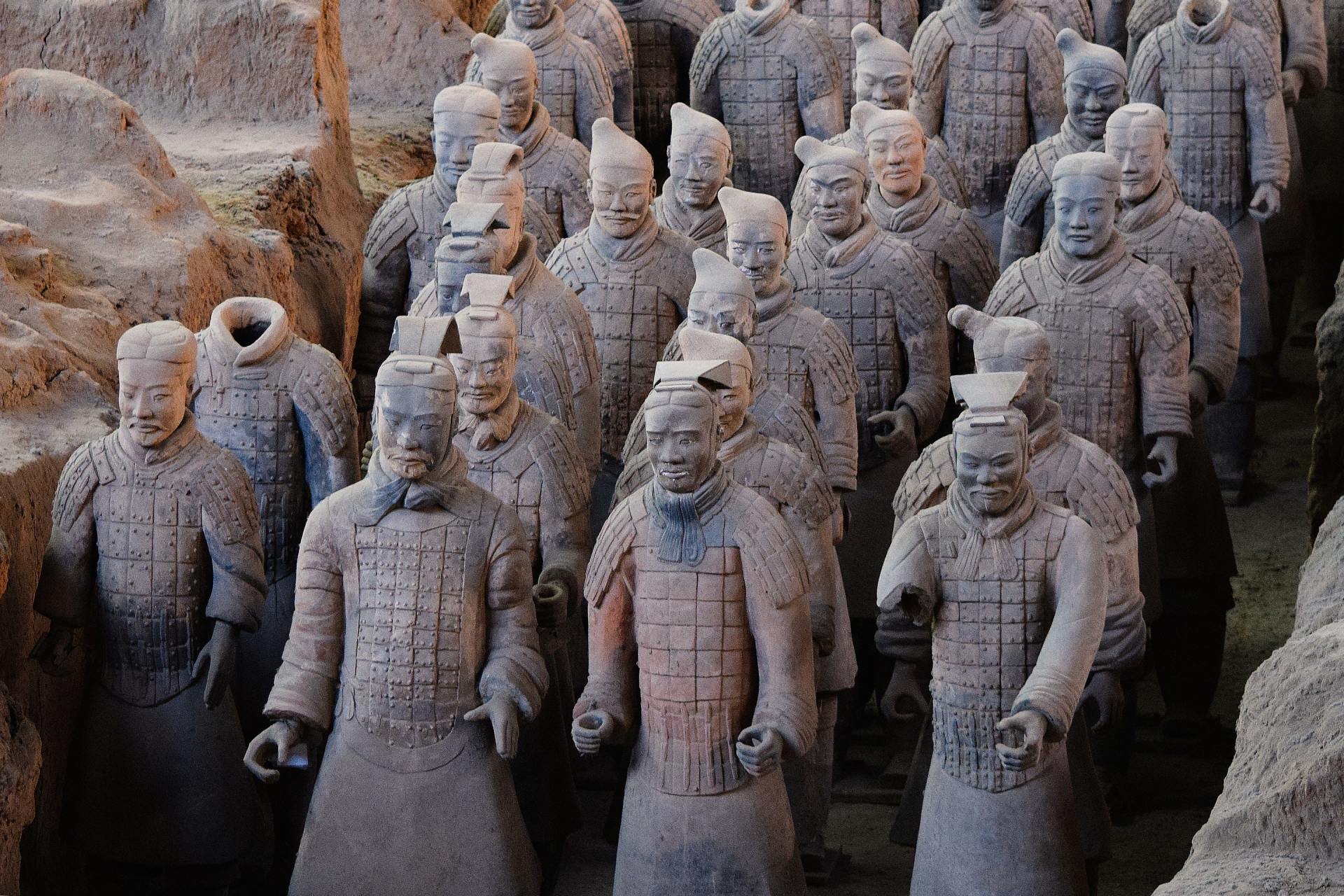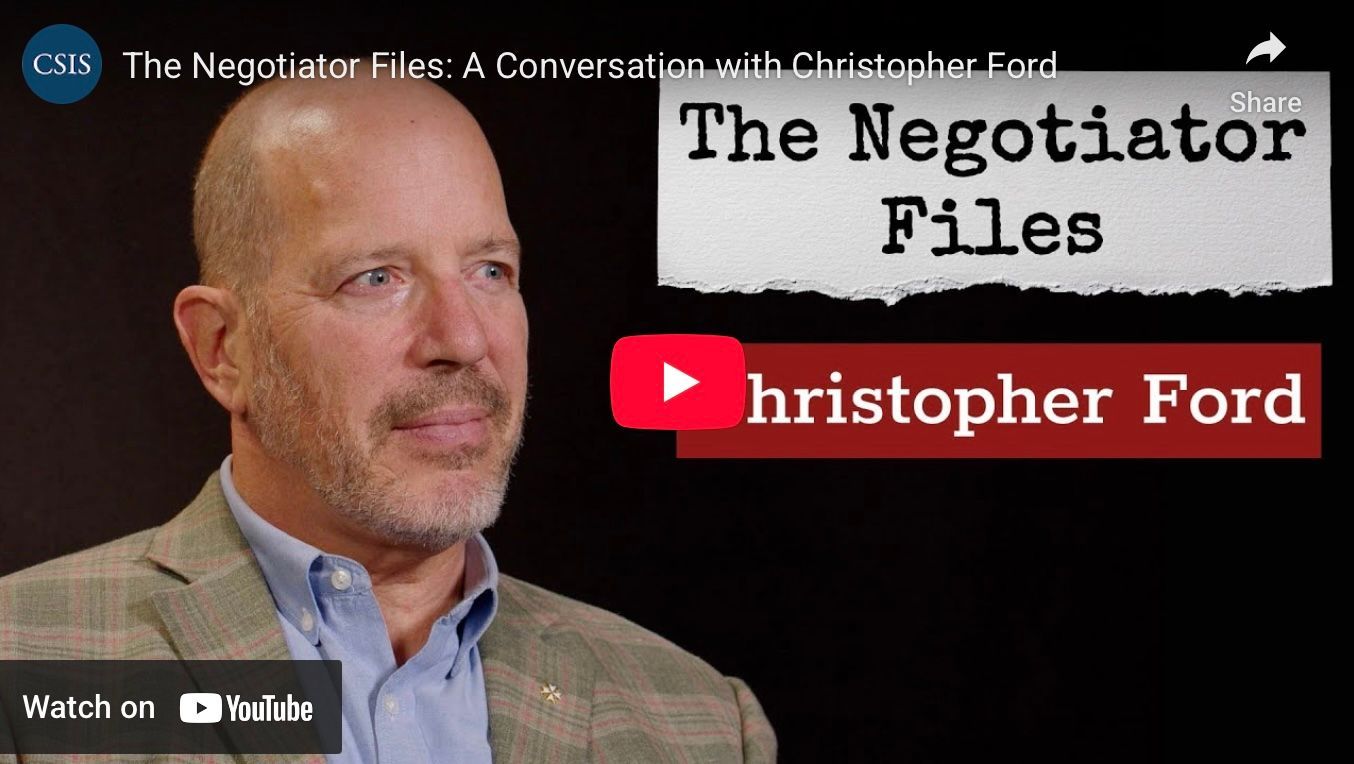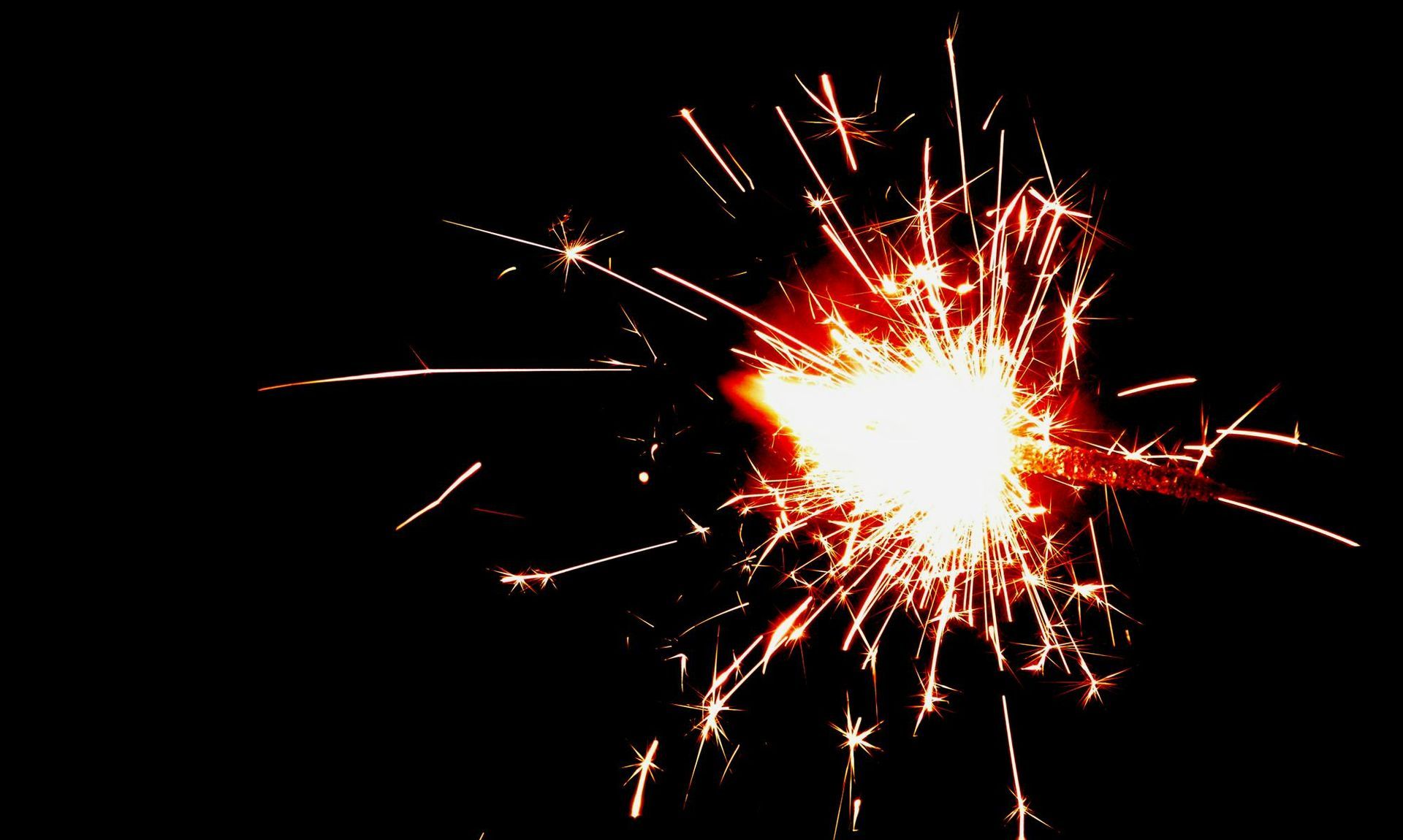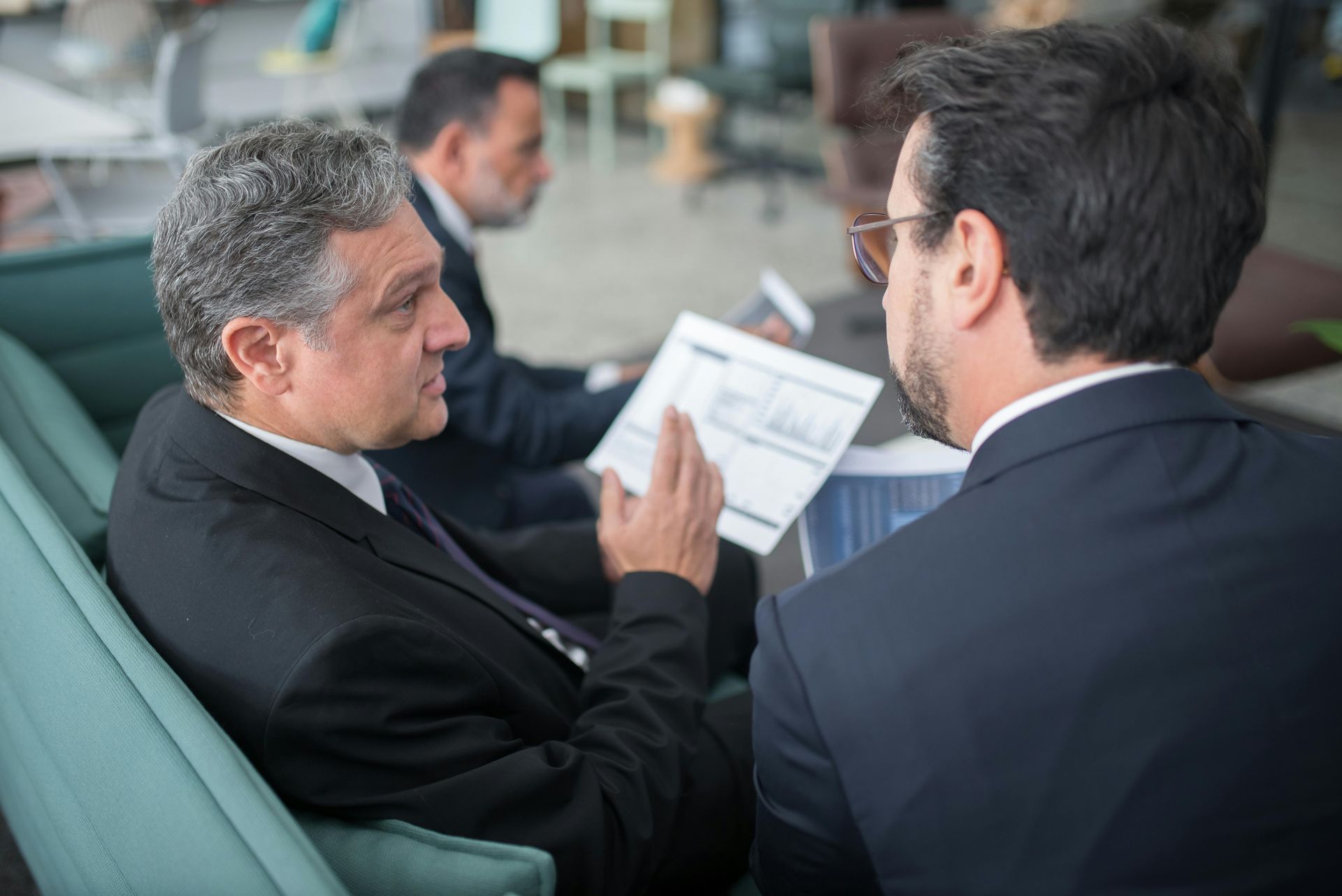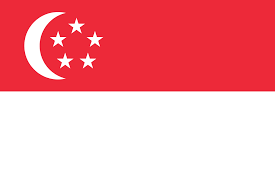Whither the U.S. Nuclear Policy Process?
Below is the text upon which Dr. Ford based his remarks to the Labs Nuclear Scholars Initiative at CSIS on October 20, 2025.
Good afternoon, everyone. It’s such pleasure to meet the inaugural cohort of the CSIS Project on Nuclear Issues’ “Labs Nuclear Scholars Initiative”! Congratulations for having been selected to be part of this program.
My name is Chris Ford, and I’m a professor with Missouri State University’s School of Defense and Strategic Studies, but I’ve been around the nuclear weapons policy business for quite a while now. I first got started in the field back in 2003, when I moved from the Senate Intelligence Committee staff to the State Department as the Deputy Assistant Secretary in charge of arms control and nonproliferation compliance assessment, and in various ways I’ve been involved in nuclear policy matters ever since.
Naturally, I can only offer you my personal opinions, and I’ve been out of office as Assistant Secretary of State for International Security and Nonproliferation since early 2021. Accordingly, nothing I say here will necessarily represent the views of anybody else. Nevertheless, it’s wonderful to see bright young experts cutting their teeth and beginning to make names for themselves in this field. We need you!
I’ve been asked to speak about the role of the National Security Council (NSC) and State Department in interagency conversations surrounding nuclear policy, and I’m happy to try. As you’ll see, however, that’s actually a remarkably difficult question to answer right now.
A Little History
But let me backtrack a bit first. In more normal times, the NSC plays a huge role in coordinating policy development and implementation of U.S. policy in all (or most) areas of national security, certainly including nuclear weapons policy. That’s its whole purpose.
Formal interagency coordination came rather late to the U.S. Government, and only after a challenging combination of global national security emergency (World War Two) and a president (Franklin Roosevelt) who ran his cabinet rather chaotically. FDR once told cabinet member Henry Morganthau that “I am a juggler, and I never let my right hand know what my left one does.”
Among other things, for instance, he rather famously didn’t involve his Vice President in anything at all. Not for nothing did John Nance Garner – who was FDR’s Vice President from 1933 to 1941, thereby becoming the longest serving VPOTUS ever – say that the Vice President’s role under Roosevelt “wasn’t worth a bucket of warm piss.” (This was reported by some as him saying “warm spit,” but I think that was just the journalistic sensibilities of an earlier era talking. I believe it really was “piss”; Garner had grown up in a log cabin in Texas.) Anyway, by the time FDR died in office in 1945, then-Vice President Harry Truman hadn’t even met with President Roosevelt in official capacity more than twice.
Anyway, the National Security Act of 1947 – in addition to establishing the CIA and creating the Department of Defense to bring the long-feuding War and Navy Departments under one coordinating roof – set up the NSC as a means to bring the U.S. interagency community together to coordinate policymaking on national security issues. And it’s tried to do this ever since, along the way acquiring a modest supporting staff.
The NSC is an institutional creature of the strong modern presidency, but there’s no universal formula for how it is structured and how it works. Unlike the other departments and agencies, which are governed by lots of statutes passed by Congress and subject to Congressional oversight by various committees, the NSC is basically organized and functions however the president wants. And those details have varied a lot over the years.
The NSC’s “Normal” Structure
Since 1991, however, the most common way of organizing the NSC – but by no means the universal one – has been around what is sometimes called the “Scowcroft Model,” associated with National Security Advisor Brent Scowcroft who served the George H.W. Bush Administration. The fine details vary with each presidential administration, with a new president customarily issuing an Executive Order soon after arrival laying out a basic organizational structure and specifying who – in addition to the statutory members of the NSC set forth in the 1947 legislation – he designates to attend full NSC meetings.
In general, “Scowcroft”-type NSCs tend to have several tiers. At the top, the Principals Committee (PC) consists of the heads of the designated cabinet agencies, most often chaired by the National Security Advisor. (When the President himself chairs the meeting, it’s not a PC but rather a full “NSC” meeting.) Below that – making interagency decisions on its own where there is agreement or passing them upstairs to the PC – is the Deputies Committee (DC), consisting (you guessed it!) of the deputies of those departments and agencies, usually chaired by the Deputy National Security Advisor.
Below the DC, there are a range of similarly-functioning committees at the Assistant Secretary level, which these days tend to be called Policy Coordination Committees (PCCs) in Republican administrations and Interagency Policy Committees (IPCs) in Democrat administrations. (Don’t ask me why the name varies. I know of no good reason.) These are usually chaired by NSC Senior Directors, which was my role in the First Trump Administration’s NSC throughout 2017. At the most basic working level, below that, there can be more informal “Sub-PCCs” or “Sub-IPCs,” generally staffed at the Deputy Assistant Secretary level and chaired by directors from the various NSC directorates that happen to have been established by that initial Executive Order.
In principle, the NSC does not play an “operational” role in national security affairs and only coordinates policy development and implementation on behalf of the president. In practice, this sometimes varies. Some presidents like to use the NSC to keep a close eye on the various departments and agencies, to the point of occasionally problematic micromanagement. And sometimes – as with the notably dysfunctional NSC of Ronald Reagan’s first term – it has slipped into operational activities, such as in the lead-up to the Iran-Contra scandal of the 1980s. (That obviously didn’t go very well, and is today regarded as something of an “anti-model.”) Nevertheless, for the most part, the NSC’s role is usually considered a purely coordinating one: its meetings bring interagency participants together to discuss and develop policy options, agree on solutions, and then coordinate tracking policy implementation. The execution of interagency policy choices – as well as autonomous policymaking within institutions’ particular jurisdictions, hopefully in ways consistent with the President’s agenda – occurs in the departments and agencies themselves.
As a result, the NSC staff – even in periods when it is considered to be at its most bloated – is tiny compared to those departments and agencies. Even a rather large and micromanagement-prone NSC like President Obama’s might have only around 300 persons, whereas Defense employs nearly three million civilians and armed servicemembers.
The number of NSC directorates varies constantly, as they are established (or disestablished) based upon the particular issues the administration in power prioritizes at any given time, but having something like 12 of them is not unusual. The directorate I ran in 2017 was the “WMD and Counterproliferation Directorate,” and I think we had something like 10 or 12 people. We handled all issues related to nonproliferation, arms control, disarmament, nuclear security, WMD terrorism, chemical and biological warfare threats, and foreign WMD programs – both actual and potential. (Despite our name, however, we were mostly concerned with other people’s WMD, for the care and feeding of American nuclear weapons was handled by the Defense Directorate.) Under the Biden Administration, with a slightly different name that made sure to name-check “arms control” and “disarmament,” the directorate – by then under Pranay Vaddi – had more or less those same responsibilities. It’s a common clumping.
The Executive Office of the President (EOP), of which the NSC staff is formally a part, generally doesn’t have a lot of money, so most of them aren’t full political appointees on EOP payroll and working directly for the President. NSC Senior Directors tend to be Special Assistants to the President, or “SAPs,’ a presidentially-appointed position more or less at the same level as an Assistant Secretary in a department or agency. Upstream of that are Deputy Assistants to the President (DAPs) and Assistants to the President (APs). The National Security Advisor one of the White House “APs,” which are very senior positions roughly at the agency-head level, though they don’t actually run big bureaucracies like many of the other folks who may be around the table with them in places such as the White House Situation Room.
The lion’s share of the NSC staff is made up of detailees from the departments and agencies, typically seconded to NSC for 1-2 year periods, and paid by the home agencies to which they’ll return afterwards. The NSC gets to pick who gets these detailee spots, and they are often highly sought-after in the departments and agencies. I was the only full-up EOP employee in my directorate, and only two of us had the blue badges that signify free access to the West Wing of the White House. (The rest of the team held “greens,” which were primarily for the Old Executive Office Building – a.k.a. Eisenhower Building – where the NSC has most of its offices.)
This is Not Normal
But remember that I said this basic Scowcroft-y structure is typical of “normal” times. In terms of the NSC’s structure and role in the policy process, however – including on nuclear weapons policy – we are most certainly right now not in “normal” times.
Today, in fact, under the Second Trump Administration, it’s not really clear if there’s really any meaningful NSC process at all. As I described it last summer at a conference in London, the NSC has been
“largely gutted – cut down to a skeleton-crew staff and explicitly deprived of its traditional interagency policy-coordination role in favor of … what appears to be a wholly top-down ‘just implement what we tell you’ role.”
National Security Advisor Mike Waltz and key members of his team were sacked from NSC roles after five months in office following an intervention in White House personnel matters by the MAGA social media influencer Laura Loomer, who viewed them as insufficiently personally loyal to President Trump. Today, the NSC staff has been drastically cut, with Secretary of State Marco Rubio now being indefinitely “double-hatted” as National Security Advisor.
There is little sign today of any remnant of the policy development and coordination role that the NSC traditionally plays, and frankly it’s not at all clear what the NSC actually does at the moment at all. I have been told by insiders, for instance, that NSC staff aren’t actually permitted to hold PCC-level meetings at all – something we senior directors once did at our own discretion whenever it felt necessary – without first obtaining advance approval in writing from the National Security Advisor or his deputy. As a result, PCCs are reportedly quite rare, and Sub-PCCs are essentially non-existent.
Nor, by all accounts, is it the case – despite Rubio’s notional role as National Security Advisor – that the State Department is in the driver’s seat either. The NSC, at most, appears to be sort of signal-relay station for passing instructions from the Oval Office to everyone. There is no sign of an interagency policy process, nor of any mechanism for staffing out complex questions for analysis and recommendations from policy experts, nor of any mechanism for tracking policy implementation. As far as I can tell, national security policymaking process consists merely of a handful of senior advisors in the West Wing meeting episodically with President Trump and passing orders out to the rest of the system for implementation.
Indeed, in this new system, actual policy experts seem to be distrusted, or even feared. People with long expertise in the national security business are often felt to be tainted by their association with the Washington “swamp.” As with Mao Zedong’s Cultural Revolution in China – which envisioned a “class conflict” between those who were “Expert” and those who were “Red” and hence ideologically loyal to the Communist Party – it would appear that having deep expertise inside the Washington Beltway makes one politically suspect. (Secretary of Defense Pete Hegseth, for instance, has apparently actually prohibited Defense Department personnel from attending academic or think tank events, or engaging with such experts at all, on the grounds that they represent “the evil of globalism.”)
To the extent that traditional experts are ever trusted at all, they need to display a degree of ostentatious personal loyalty to and love for the president far beyond what any administration has demanded before – and indeed this seems to the coinage of the realm more generally, at every level of any seniority. (Watch the video, for instance, of President Trump’s cabinet meeting on August 26, 2025, in which senior officials appear to be basically competing to flatter him in the most effusive ways they can.) The current administration is determined to seize the reins of policymaking from the denizens of what it views as the “Deep State” of traditional policy elites and to sideline them in every respect, and loyalty is clearly far more important right now than expertise. There is no place in this model for a traditional NSC.
What of Nuclear Policy?
In this context, therefore, I’m hard pressed to give you an answer on the NSC’s role in U.S. nuclear weapons policy except to say that it’s not clear there is one. Nor can I tell you much about the current state of the U.S. approach to the Treaty on the Non-Proliferation of Nuclear Weapons.
The United States has, so far, continued to participate in NPT meetings such as the 2025 NPT Preparatory Committee (PrepCom) meeting that took place in May in New York City, and – at least there, anyway – seems to have voiced surprisingly unsurprising, and indeed quite traditional-sounding, views there. Does that mean that the Second Trump Administration views NPT issues through a traditional prism? Or simply that it hasn’t thought much about them at all and has thus inadvertently left NPT policy in the hands of career civil servants? Or is it simply that the MAGA team just isn’t in place yet and a new approach will be coming soon? I wish I knew.
If it were done right, I think it might actually be a good thing to leverage President Trump’s “disruptor” image and use novel diplomatic approaches to shake up global NPT discourse. There’s been far too much intellectual stagnation and sterility in the international NPT community for many years, against which I have been trying to push back in my own work ever since first joining the State Department as a George W. Bush Administration political appointee more than two decades ago. Perhaps the Second Trump Administration can indeed come up with a way finally to get the world’s “nonproliferation” treaty diplomats off their duff and more constructively and effectively engaged in actually preventing proliferation. If that’s the idea, I say “Godspeed!”
All the same, it’s possible that the current administration’s lack of a meaningful policy development and implementation process – as well as its distrust of experts and its apparent focus upon domestic political issues and performative theatrics tailored for the social media attention economy – will mean that we will basically have no real NPT policy for a while.
The jury is still out.
—Christopher Ford

